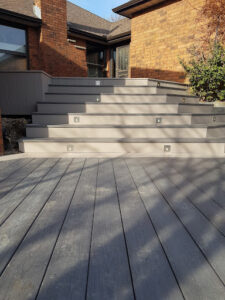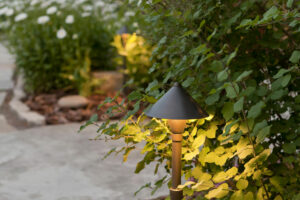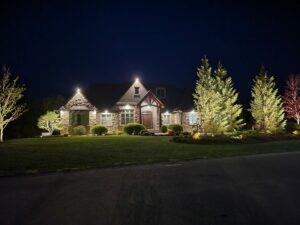I remember as a child growing up in the country, the sheer joy of being able to go outside and lay in the grass at night to look up at the stars. Mom and Dad bought me a telescope to enjoy the experience further. I also remember being guided up the road to my grandma’s house in the dead of night by the Northern Lights.
Today, many folks don’t get to search for the Big Dipper because it can’t be seen. The culprit?
Light pollution.
Increasing urban populations has led to more light requirements. The biggest issue here is that this lighting is often done poorly or just plain wrong. Light trespass, glare and clutter all combine as the elements of light pollution.
For our part and how it relates to landscape lighting, we focus on some key points so as not to contribute further to the amount of light pollution. Up-lighting is a major component of what we perform, but we are cautious to use shrouds, guards, lenses and not overly bright lamps to minimize or eliminate glare. It is also important to monitor our directions and angles. Path lights, post lights and linear lights are chosen because of their ability to throw light downward to an intended target and not spilled to unwanted places.
For more information on this topic, click here.

How High Should Deck Lights Be?
When it comes to placing lights on your deck, where you choose to place them can have a big impact on the

